For Sellers
Your Step-by-Step Guide to Selling Your Greenwich House for the Best Price
Putting your home on the market can be a stressful process, especially when you haven’t sold a house
before. Fortunately, with the help of an experienced agent and this easy-to-follow guide, you can sell
your house for the best price, while maintaining your sanity.
Step 1: Understand Why You're Selling
What do you want to accomplish with the sale of your home? Do you want to make a certain amount of money that you can put toward a larger or nicer home? Do you need to sell it as soon as possible to facilitate a move to a new city or is it an estate situation, where you want to sell with minimal time and effort?
Once you understand your needs, you can better craft your sales plan. For example, if you need to sell quickly, you might want to price your home lower than if your goal is to make a certain profit margin (though see below on pricing strategies). Make sure you convey these needs to your Realtor® once you choose one so he or she can work with you to achieve your principal goals.
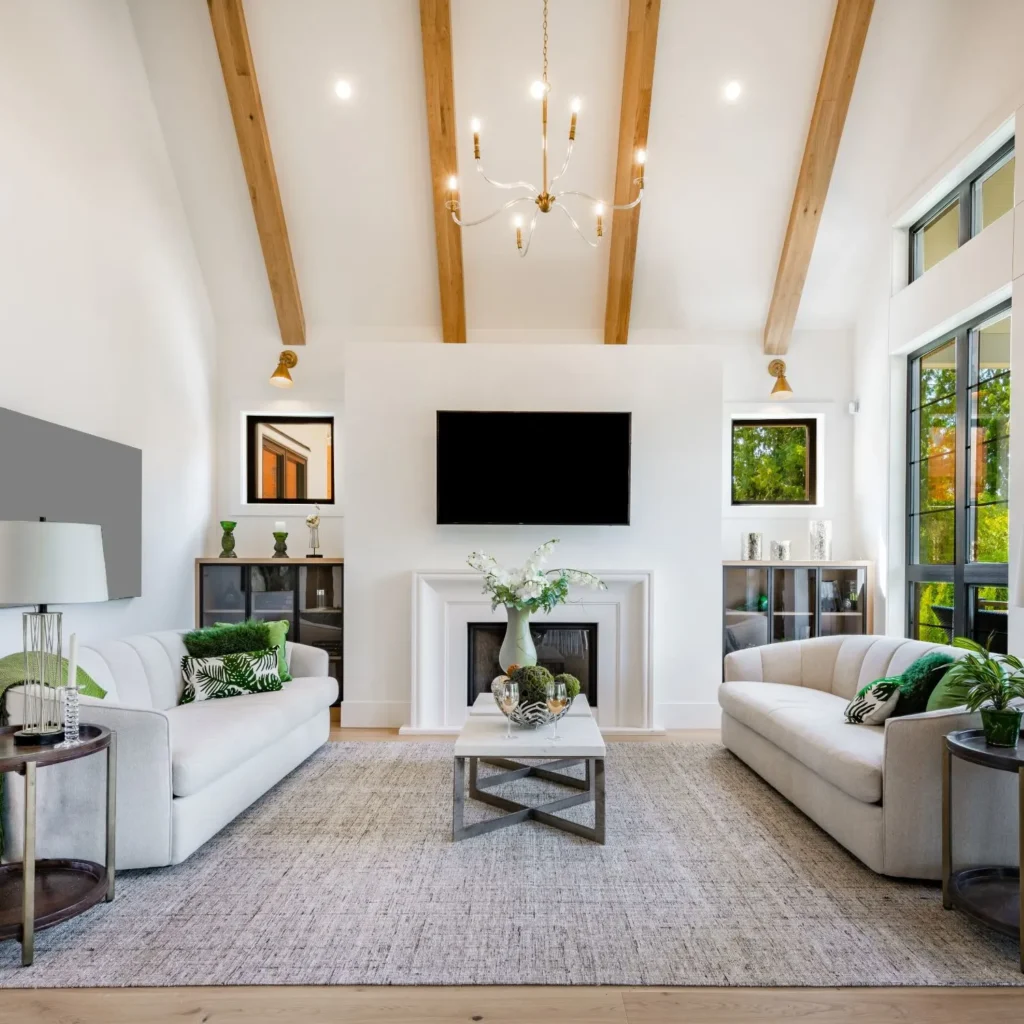
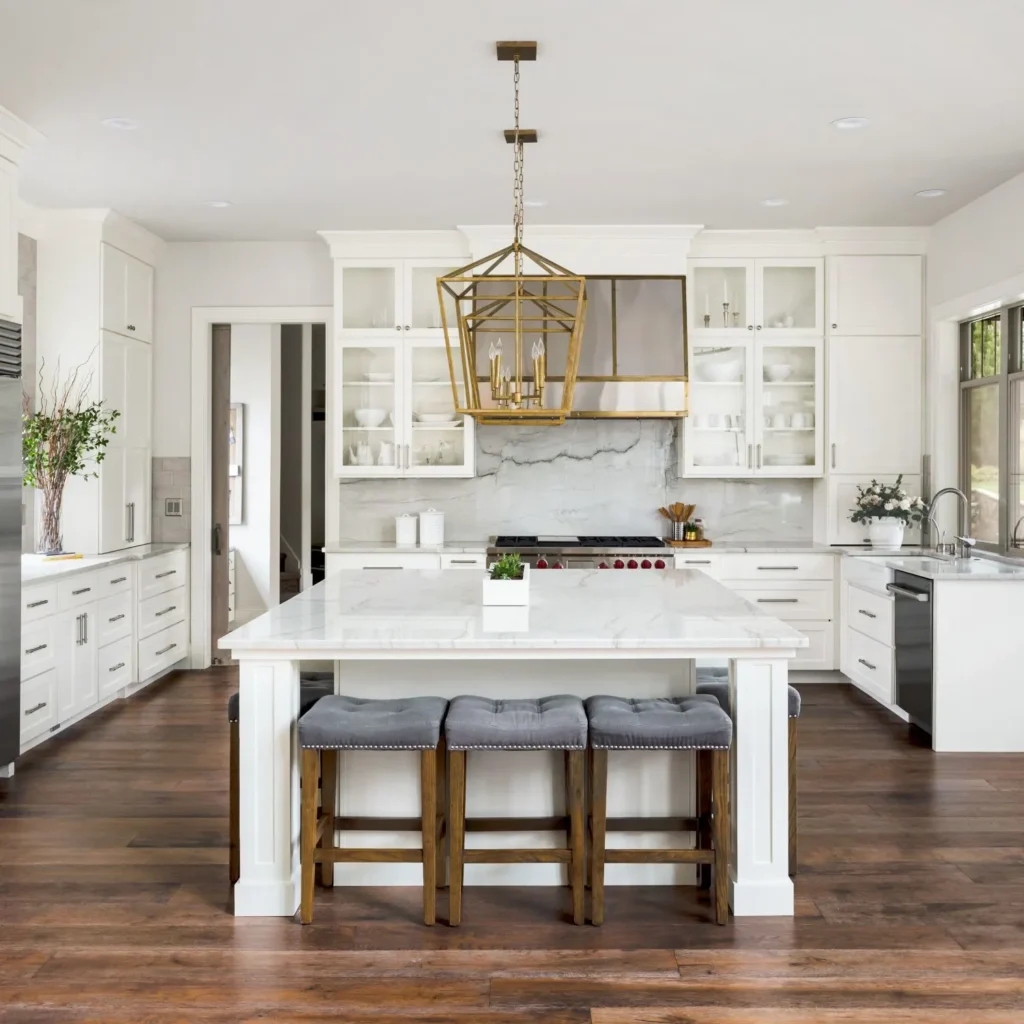
Step 2: Determine Your Selling Price
Knowing how to price your home is the most important part of the selling process. When you set a fair market price in the beginning, you’ll get the most interest from other real estate agents and prospective buyers. Overpricing your home leads to reduced interest and fewer showings. If you overprice your house in a slow market, you are likely to have a long time on the market are more likely to receive less than what your home is worth.
Even in a hot market, pricing your house at some high, aspirational price has a good chance of you getting a lower sales price. Today’s buyers have lots of information at their fingertips, much more than professional Realtors had in pre-WWW days. Buyers know when a house is over-priced, and they just won’t come see it in the critical first two weeks.
If you have a hot market and a good house, a good strategy is to price it at what you and your agent think it will sell for. This price will generate lots of interest and showings. In a hot market this full market value pricing strategy will lead to multiple offers.
If your price range has a surplus of inventory and a limited number of buyers, you should check the competition and make sure your pricing is a better deal than your competition. Check how many of your “competitors” have been on the market for months, then price your house so you don’t become one of those listings, which are over-priced in a slower market. If you don’t get good showings and an offer or two in the first month, you should consider a price reduction. Working with your real estate agent is the best way to determine the right pricing strategy for your home.
Step 3: Prepare Your House for Sale
Once you price your home, it’s time to start getting it ready to be shown to potential buyers. If you’ve kept your home in showroom condition since you bought it, you’re in the minority of homeowners. For the rest of the sellers, this is the time to get rid of clutter, depersonalizing the space so that buyers can envision themselves in your house, make small repairs, and doing a deep clean to make sure your home is in excellent condition.
Even if the house is in great shape, but has furnishings that are out of style, you should consider staging. Professional stagers bring in modern furniture and accessories to make your house more appealing to your target audience. If you are trying to get top dollar, staging is a great way to increase the sales price of your house. The cost of staging is usually repaid many times over in an increased sales price. If financing the prep work is a factor, many brokerages have services like Compass Concierge, that will finance your repairs and staging. These advances for prep work and get paid back at closing.

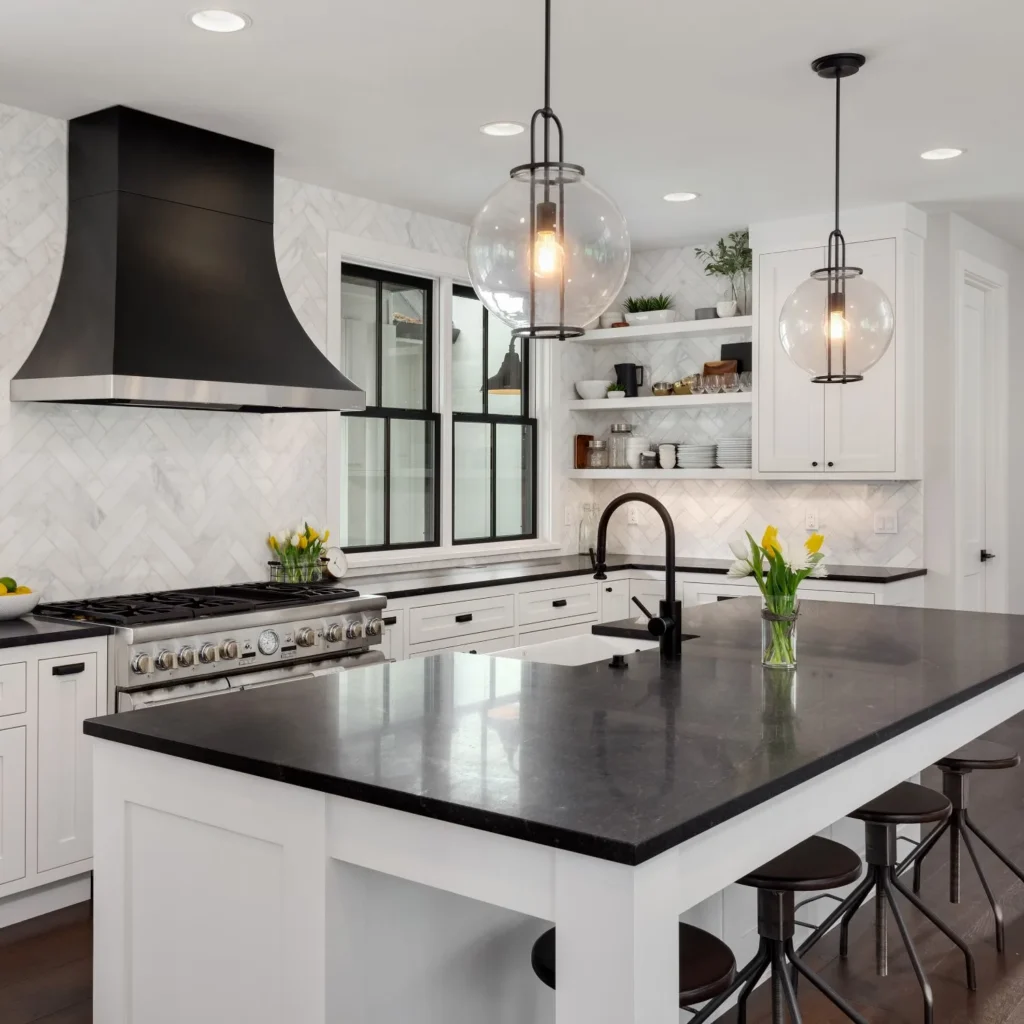
Step 4: Develop a Marketing Strategy
Each house is unique, particularly in Greenwich, where we don’t tract home developments. This means a marketing plan should be designed with your house’s strengths and weaknesses in mind. You want to highlight the features that appeal to the broadest audience to get more buyers to come to your beautifully prepared house.
In today’s online world, photography is crucial as many web surfers will take a quick look at the photos and decide in a few seconds whether to check out your house in more detail. Your marketing plan should use broker open houses, public open houses, social media, print advertising and online marketing, both paid and unpaid.
Once you list your home, we want to drive the right people to that listing through social media campaigns, agent-to-agent referrals, traditional media, search engine advertising and PR placements. Your broker will have a team of professionals that collaborate on a marketing campaign and collateral advertising material so that you get the most possible traffic to your listing in the first two weeks after the listing goes live, which is a critical period.
Step 5: The Listing
Pre-Covid, listing a property was fairly straightforward. You signed a listing agreement with your broker and agent of choice, and then put the listing active on the local multiple listing service. Occasionally, if privacy was an issue, you might try a non-public listing, the so called private exclusive or “pocket listing.” Nowadays, listing a house is significantly more complex.
In a hot market, you can do a private listing, but new NAR rules greatly restrict the agent marketing on a private listing. If you have a hot house with many buyers looking for it, or you don’t want to, or physically can’t put the house in shape for showing, you may want to try a private listing first. The question is always will the private listing get you the price you want, with the limited exposure that is allowed for private listings.
Most sellers skip having a private listing period and go right to an active/on-market listing that is posted to the local MLS. These listings are then picked up within hours by websites like Realtor.com, Zillow, Compass.com and hundreds of other websites.
Today, there is an additional listing path. A new, pre-active status is available called the “Coming Soon” status. When a listing is coming soon everyone can see the listing online, they just can’t physically see the house. The Coming Soon status lasts for less than a week, but it gives the listing agent the opportunity to build urgency, by scheduling back-to-back showings, once this hot listing goes live in at most 7 days from going online as a coming soon listing.
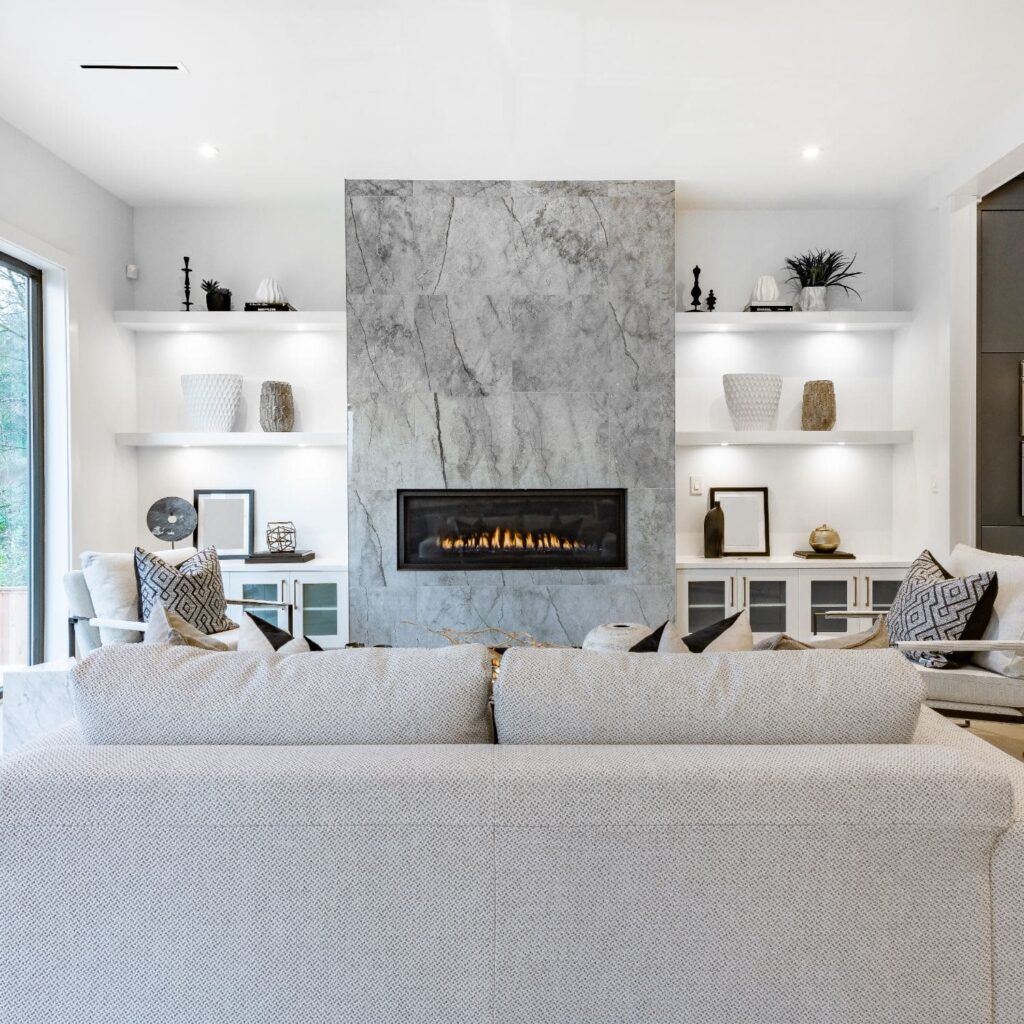
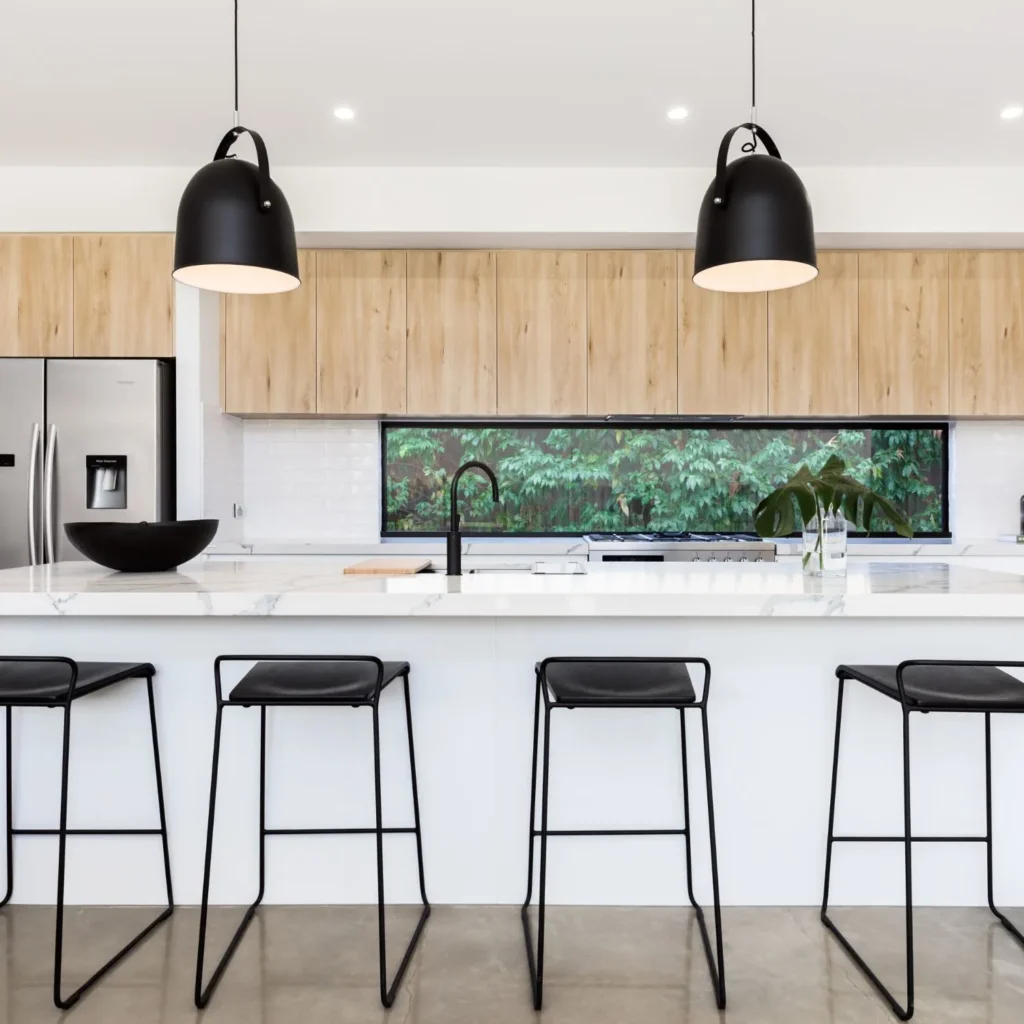
Step 6: Evaluate Offers
Receiving an offer is an exciting part of the process, but it doesn’t mean the journey is over. The agent and you will evaluate each offer and make sure the party can close. If the buyer needs a mortgage to buy your house, then a good offer will be accompanied by a prequalification or a pre-approval letter from a mortgage lender.
If the offer is too low, you can make a counter-offer or look at other creative ways to bridge the gap. You could offer to cover some or all of the buyer’s closing costs, give a credit for repairs, adjusting the move-in date, or leaving some furniture for the prospective buyer.
If you get three or more offers, you can go to “highest and best”. Each buyer has to put in their highest offer, and you get to choose which offer is best for your situation. For example, you may want to take a lower, all-cash offer, that has a quick close over a higher offer with a long mortgage contingency period.
Step 7: Accept an Offer
Once the offer is accepted, there is usually an inspection, so the buyer can be sure there won’t be any surprises when they buy the house. Sometimes, the inspector finds problems that even you, as the homeowner, are not aware of. As a result, there may be a second round of negotiations to get you and
the buyer to a final accepted offer.
This final accepted offer is then sent to your attorney, who drafts the sales contract. When you get the draft contract check it to make sure it has all the agreed terms such as the deposit amount, down payment, financing, repair allowances, contingencies, closing date, and a list of fees and who will pay them. One crucial thing to check is to make sure that any personal items you are keeping or that the buyer is getting are spelled out in the contract. The buyers’ attorney will then attach a rider and after a final round of negotiations between the attorneys and their clients, you’ll have a signable contract. The buyer then signs the final version of the contract and attaches a 10% down payment. The seller then signs the contract, and you have a deal.
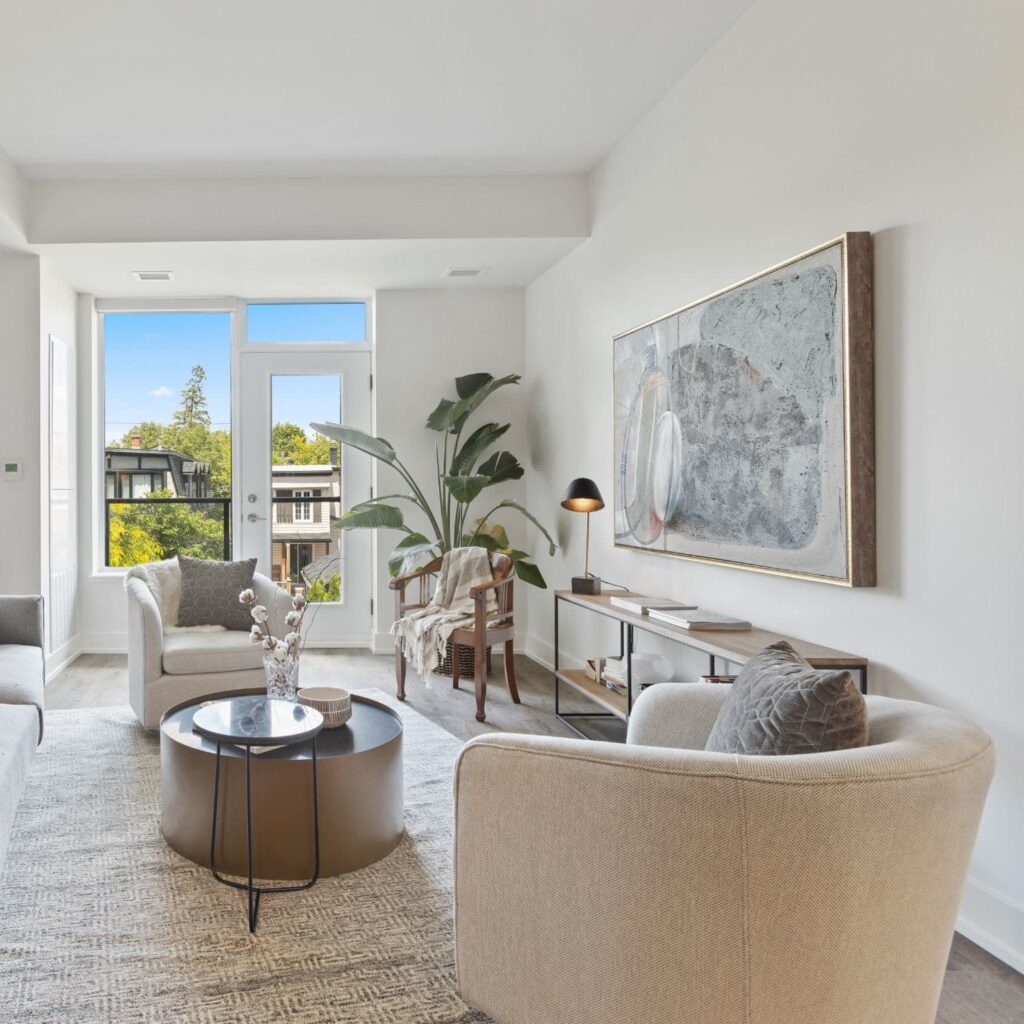

Step 8: Get Ready to Close
Step 9: Closing
You’ve reached the last step in the seller’s process. When you close on a home you are selling, you are legally transferring ownership of the property to the new buyer. The standard contract requires you to deliver your house “broom clean”. This means that you have to remove all your furniture, tools, garden supplies and other personal property. You then need to clean the house.
Also, you are required to continue to do yard and house maintenance, so that the house and grounds are in the same condition as when the contract was signed. You also need to deliver all keys, garage door openers and any manuals you have for appliances and systems.
Many sellers may want to do the buyer a “favor” and leave things like outdoor grills, open bags of fertilizer and old stereo equipment. Check with the buyers well before closing to see if they want these items. If not, you are required to remove them. You also have to leave all fixtures, which are items attached to the house, such as chandeliers, sconces, built-in bookshelves and wall mirrors. If you want to take these items, make sure you have them written into the contract as exclusions from the sale.
On closing day, the buyer will do their final walk through to make sure the house is as set out in the contract. Assuming it is, they go to the attorney’s office for their payment of the rest of the purchase money and the delivery of the deed. In a post-Covid, the seller will have already signed the deed and other documents and generally doesn’t attend the closing.

Congratulations!
Work With Us
We are a dedicated group of Greenwich natives. We have a deep passion for our hometown and enjoy everything the town offers its residents from the beach front to the backcountry. That is why we don’t find you just any home, we find you the right home.
